Description
hardware flow control. It is an ideal choice in the field of industrial automation.
Figure 4 Tool Framework
2.3Smart component creation
Call the Rotator component: This component is used to allow the rotatable grinding rotor to rotate during simulation to simulate the real grinding scene. In the
parameters of the Rotator component, set the reference to object, the reference object to the frame l, and the object to a copy of the rotor. (2) The rotary grinding rotor
can be rotated, and the speed is l20mm/s (the speed of the grinding head will affect the quality of the finished product) ), the reference center axis is: axis (based on frame
l, centerpoint x, y,: set to 0, 0, 0, Axis set x, y,: 0, 0, l000mm).
Call the Attach component: This component is used to allow the rotatable grinding rotor to be integrated with the tool body. When the tool body is installed
on the flange, it can follow the movement of the flange. In the parameters of the Attach component, set the sub-object to be a copy of the rotor (2) for the rotatable
polishing rotor, and the parent object is the tool body of a copy of the rotor. The offset and orientation are
based on the offset of point B relative to the origin. For setting, you can use the measurement tool in Robotstudio software to measure, and then set the parameters
after measurement.
Verification: Install a copy of the rotor tool body onto the robot flange, and then click Execute in the Attach component. You can observe whether the position of the
rotatable grinding rotor is correct at this time. If there is a deviation, adjust the position in time, as shown in the figure. 5 shown.
Figure 5 Tool installation
2.4 Create tool coordinate system
Use the six-point method to create the tool coordinate system Too1data on the robot teach pendant at the center of the rotor. Change the tool coordinate
system to Too1data in the basic options. At this time, click on the robot manual linear and you can drag the robot to move linearly at will.
2.5 Creating trajectories and programming
Determine the trajectory: According to the requirements of the work task, design the grinding trajectory around the workpiece and determine the trajectory
points and transition points required for the grinding trajectory. The grinding action process is shown in Figure 6.
Setting I/O and programming: Yalong IY-l3-LA industrial robot deburring and grinding system control and application equipment adopts 0sDC-52 6/o
communication board, the address is 10, Do1 is the digital output signal, the address is 1 . First set the I/O board, then set the I/O digital output signal Di1,
and then program on the simulation teaching pendant. The procedure is as follows:
PRoCmain()
setDo1: Set the Do1 signal to allow the external grinding rotor to start rotating.
waitTime1: The robot stays in place and does not move, waits for 1s, and lets the polishing rotor turn to the specified speed, transition
MoveAbsjjpos10NoEoffs,v1000,z50,Too1data1: The robot moves to the initial point jpos10 above point p10. Point jpos10 is used as the starting
point and end point of the robot”s action.
Move4p10,v1000,z50,Too1data1: Move straight line grinding to point p10
Move4pL0,v1000,z50,Too1data1: Move straight line grinding to pL0 point
Move4p30,v1000,z50,Too1data1: Move straight line grinding to point p30
Move4p40,v1000,z50,Too1data1: Move straight line grinding to p40 point
Move4p10,v1000,z50,Too1data1: Move straight line grinding to point p10
MoveAbsjjpos10NoEoffs,v1000,z50,Too1data1: The robot moves to the initial point jpos10 above point p10
waitTime1: wait 1s, transition
ResetDo1: Reset the Do1 signal to stop the rotor ENDPRoC
2.6 Simulation design and verification
Simulation design: Create a smart component to input the Di1 signal, and use the Di1 signal to simulate the external polishing start signal to
execute the Rotator component and Attach component of the smart component to achieve the visual effect of rotating and polishing the polishing rotor.
In the workstation logic design, the smart component input Di1 signal is associated with the robot Do1 signal, so that the robot signal Do1 can control
the smart component input Di1 signal, thereby controlling the start and stop of the rotation of the polishing rotor.
Verification: In the program of the teaching pendant, first set the pp command to move to Main, and then set the robot startup mode to automatic.
Click play in the simulation of Robotstudio software to verify whether the trajectory is consistent with the assumption, and optimize the path in time for
problems existing in the simulation.
3Summary and outlook
This design is based on the programming simulation of the Yalong Y4-1360A industrial robot deburring system to control the grinding robot workstation.
It covers aspects such as creating a workstation, setting
up tools, creating smart components, creating tool coordinate systems, creating trajectories, programming, simulation design, and verification. Starting
with it, the polishing simulation of the workstation is realized through the smart component function of Robotstudio software. The animation effect is intuitive
and lifelike, which not only facilitates teaching demonstrations, but also facilitates program debugging, and has application value for both production and teaching.
In the planning and design of the workpiece grinding trajectory, according to the different roughness and grinding amount process requirements of the
workpiece, the rotation speed, feed speed, feed amount, and grinding angle of the grinding rotor are also different. The feed amount can be adjusted in
time according to the on-site conditions. , feed speed, rotor speed, grinding angle and other parameters. After appropriate adjustments, the motion trajectory is written with the
corresponding program on the Robotstudio software to further reduce the possibility of robot collisions and singular points contained in the trajectory
during the actual debugging process. ,Optimize paths and improve debugging efficiency.
https://www.xmamazon.com
https://www.xmamazon.com
https://www.plcdcs.com/
www.module-plc.com/
https://www.ymgk.com
216VC62a HESG324442R13/E HESG324442R112/F Analog module
8724-CA-PS PAC8000 intrinsically safe module Power bracket
MRU2 KONGSBERG Rolling and pitching motion sensor
A4H124-24TX P0973JM Enterasys Network switch
MOOG G122-824-002 servo amplifier
S21260-SRS KOLLMORGEN S200 Brushless servo driver
3500/05-01-03-00-00-00 3500 System rack
5SHY3545L0014 3BHE023784R0001 IGCT phase module
65040-PACV-AYU2 VAT Control Swing Valve
LDMUI-001 61320946C Power module
LDSYN-101 3BHE005555R0101 Power module
MTL831B MTL analog multiplexer
DSQC679 3HAC028357-001 Robot controller
TRICONEX 2870H HART Interface Modules
Tricon 2770H HART Interface Modules
TRICONEX 3708E Thermocouple Input, Differential, Isolated 3708EN
Tricon 3706A Thermocouple input module 3706AN
TRICONEX 3807 Analog Output Module
Tricon 3806E Analog Output Modules
TRICONEX 3805E/3805H Analog output module 3805HN
Tricon 3721 Analog Input Module 3721N 3720
TRICONEX 3720 Analog Input Module
Tricon 3704E Analog Input Module 3704EN
Tricon 3701 Analog Input Modules 3701N
TRICONEX 3703E Analog input module TMR, AI
TRICONEX 3700/3700A Analog Input Modules 3700AN
Tricon 3664/3674 Dual Digital Output Module
TRICONEX 3617E 8-Point Supervised Digital Output Modules
Tricon 3611E 8-Point Supervised Digital Output Modules
TRICONEX 3625 3625N 24 VDC Supervised/NonSupervised Digital Output Modules
Tricon 3624 24 VDC 32-Point Supervised/NonSupervised Digital Output Modules 3624N
TRICONEX 3623/3623T 16-Point Supervised Digital Output Modules 3623TN
Tricon 3604E 24 VDC TMR Digital Output Modules 3604EN
TRICONEX 3607E 48 VDC TMR Digital Output Modules 3607EN
Tricon 3603B/3603E/3603T 120 VDC Digital Output Modules 3603TN
TRICONEX 3601E/3601T TMR Digital Output Modules 3601TN
Tricon 3515 Pulse Totalizer Input Module
Tricon 3511 Pulse Input Module 3511N
TRICONEX 3636R/3636T Relay Output 3636T 3636TN
Tricon 4211 Remote Extender Module (RXM) 4211N
TRICONEX 4210 Remote extension module 4210N
Tricon 4201 Remote Extender Module (RXM) 4201-3 4201N
TRICONEX 4200-3 Remote Extender Module (RXM)
TRICONEX 4609 Advanced Communication Module (ACM)
Tricon 4509 Hiway Interface Module
TRICONEX 4329G Network Communication Module (NCM)
Tricon 4329 Network Communication Module
TRICONEX 4409 Safety Manager Module
Tricon V9.5.3 System 4119AN Enhanced Intelligent Communication Module
TRICONEX 4119A Enhanced Intelligent Communication Module 4119
ABB TR104 TR104-Ex Rail mounted Temperature Transmitters
TRICONEX 4354 Tricon Communication Module (TCM)
TRICONEX 4353 Tricon Communication Module 4354
TRICONEX 4352B Tricon Communication Module 4352A
TRICONEX 4352A Tricon Communication Module (TCM)
TRICONEX 4351B Tricon Communication Module 4351A
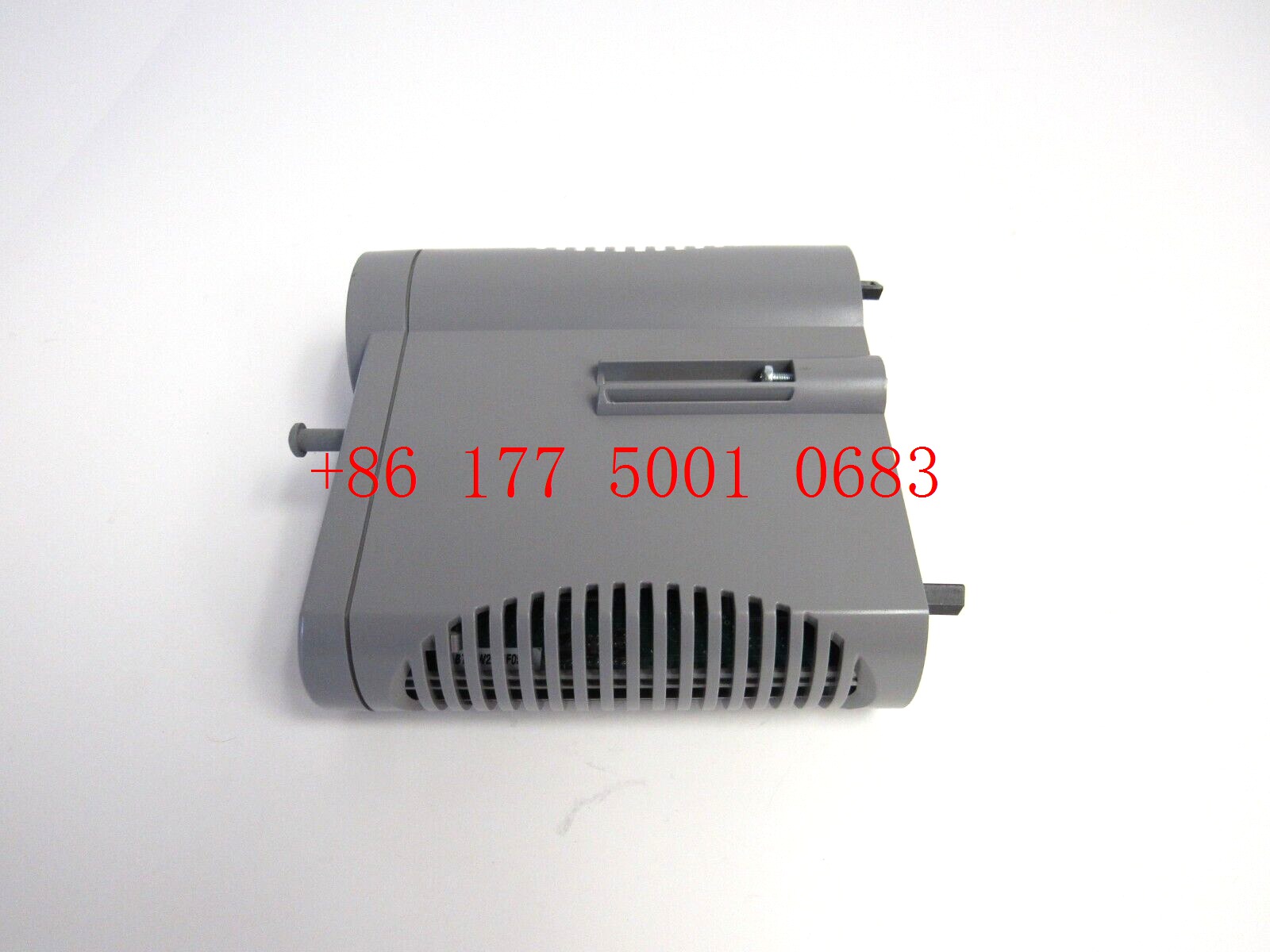
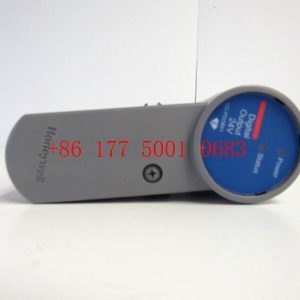
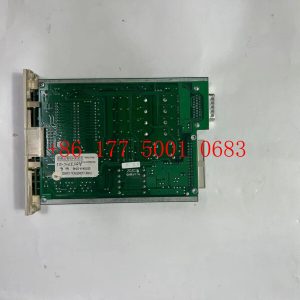
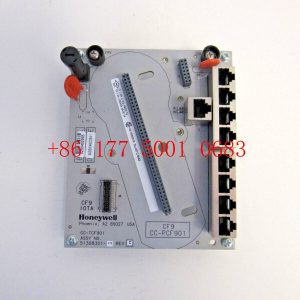
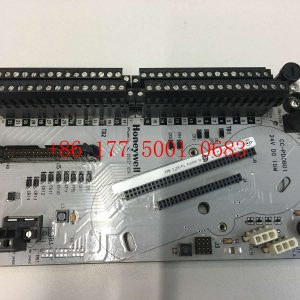




Reviews
There are no reviews yet.